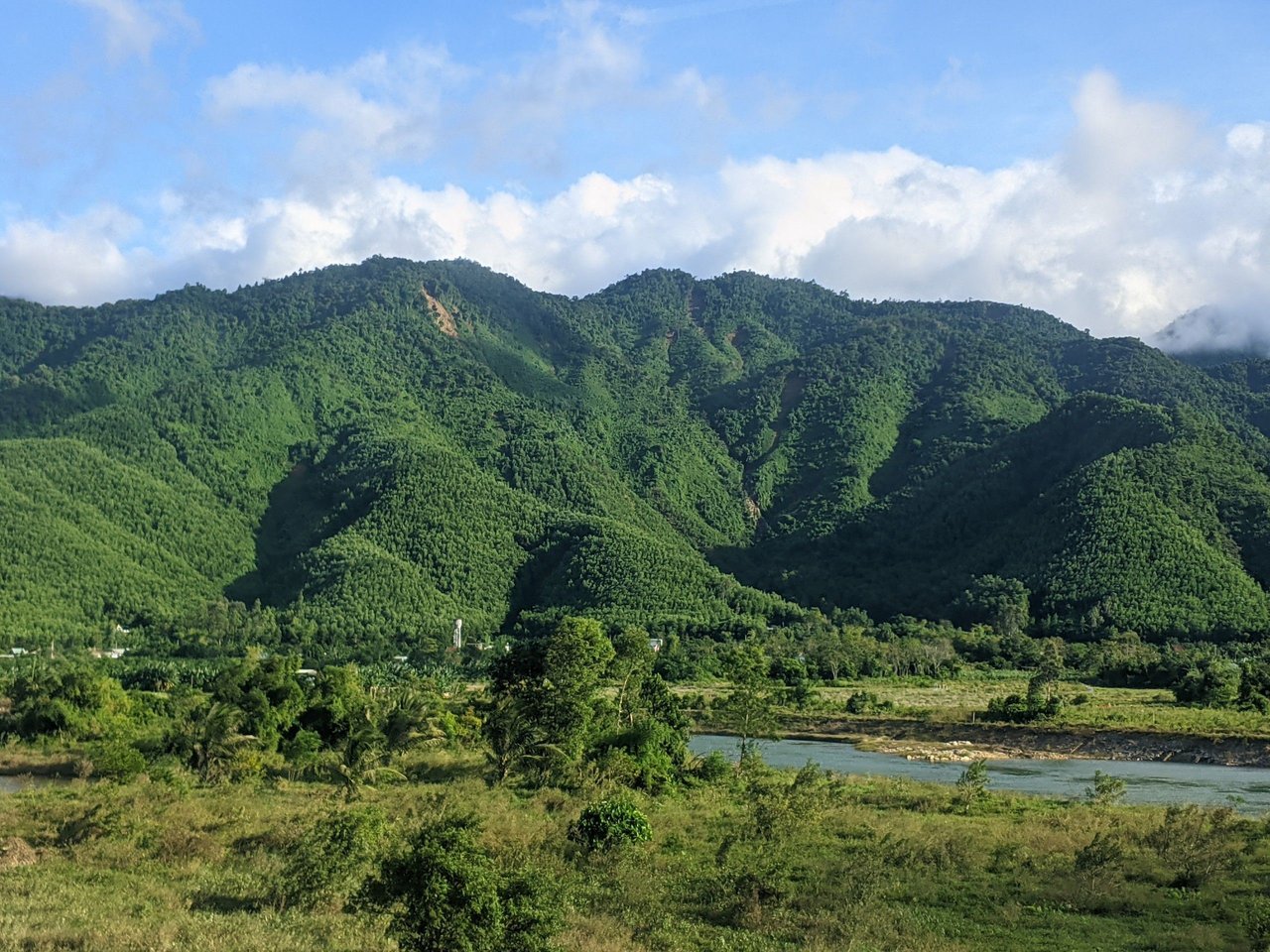Why are Caraballo Mountains So Prominent?
Unveiling Nature's Majesty: The Significance of Caraballo Mountains
Caraballo Mountains

Standing tall in the central part of Luzon island, the Caraballo Mountains command attention with their rugged peaks and stunning vistas. Situated between the Cordillera Central and Sierra Madre mountain ranges, the Caraballo are not only a geographic marvel but also a symbol of the natural beauty and rich biodiversity of the Philippines. In this comprehensive exploration, we delve into the reasons behind the prominence of the Caraballo, uncovering the geological, ecological, and cultural significance that makes them a prominent feature of Luzon’s landscape.
Geological Formation:
The Caraballo Mountains owe their prominence to the dynamic geological forces that have shaped the Philippine archipelago over millions of years. Situated at the convergence of tectonic plates, the Philippines is a hotspot for volcanic activity and tectonic uplift, resulting in the formation of mountain ranges and volcanic peaks across the islands.
The Caraballo Mountains, nestled between the Cordillera Central and Sierra Madre mountain ranges, are a product of this ongoing tectonic activity. The collision and subduction of tectonic plates have uplifted the earth’s crust, giving rise to the rugged peaks and deep valleys that characterize the Caraballo today. As a result, the Caraballo stand as a prominent feature of Luzon’s landscape, towering above the surrounding plains and valleys.
Hydrological Importance:
In addition to their geological significance, the Caraballo Mountains play a crucial role in the hydrology of Luzon Island. Serving as the location of the river source of the Cagayan River, the longest river in the Philippines, the Caraballo are a vital watershed that sustains countless communities and ecosystems downstream.
The Cagayan River originates from the rugged peaks of the Caraballo, meandering through lush valleys and fertile plains before emptying into the Luzon Strait. Along its course, the river provides water for irrigation, hydroelectric power generation, and transportation, supporting agriculture, industry, and commerce in the region. The presence of the Caraballo ensures a steady flow of water to the Cagayan River, making them indispensable to the livelihoods and well-being of the people of Luzon.
Biodiversity Hotspot:
Beyond their geological and hydrological importance, the Caraballo Mountains are also a hotspot for biodiversity, supporting a wide range of plant and animal species. The rugged terrain and varied ecosystems of the Caraballo provide habitat for endemic species found nowhere else in the world, making them a haven for biodiversity and conservation efforts. Just as we know Why are Aravalli Mountains So Prominent?
From lush forests and montane grasslands to pristine rivers and waterfalls, the Caraballo Mountains offer diverse habitats for a variety of flora and fauna. Endangered species such as the Philippine eagle, tamaraw, and cloud rat call the Caraballo home, highlighting the ecological significance of this remarkable region. As such, the Caraballo are not only a prominent feature of Luzon’s landscape but also a crucial stronghold for biodiversity conservation in the Philippines.
Cultural Significance:
In addition to their geological and ecological importance, the Caraballo Mountains hold cultural significance for the people of Luzon. Indigenous tribes such as the Igorot and Ilongot have inhabited the mountains of Luzon for centuries, relying on its resources for sustenance and survival. The Caraballo are intertwined with the cultural identity and traditions of these indigenous communities, serving as sacred sites and ancestral lands.
Throughout history, the Caraballo Mountains have been a source of inspiration for artists, writers, and poets, who have immortalized their beauty and grandeur in literature, art, and music. Today, the Caraballo continue to draw visitors from around the world, who come to admire their natural beauty, explore their rugged terrain, and learn about the rich cultural heritage of the Philippines.
Conclusion:
As we conclude our exploration of why the Caraballo Mountains are so prominent, we gain a deeper appreciation for the geological, hydrological, ecological, and cultural significance of this remarkable region. From their towering peaks to their pristine rivers, the Caraballo are a testament to the natural beauty and rich biodiversity of Luzon island. As stewards of the environment, let us continue to cherish and protect the Caraballo for future generations to enjoy.
Know More about Caraballo Mountains.
What Are The Tourist Places Nearest to Caraballo Mountains?
When Were Caraballo Mountains Formed?
Where Are Caraballo Mountains Located?
Who Discovered Caraballo Mountains?
How to Reach Caraballo Mountains?




